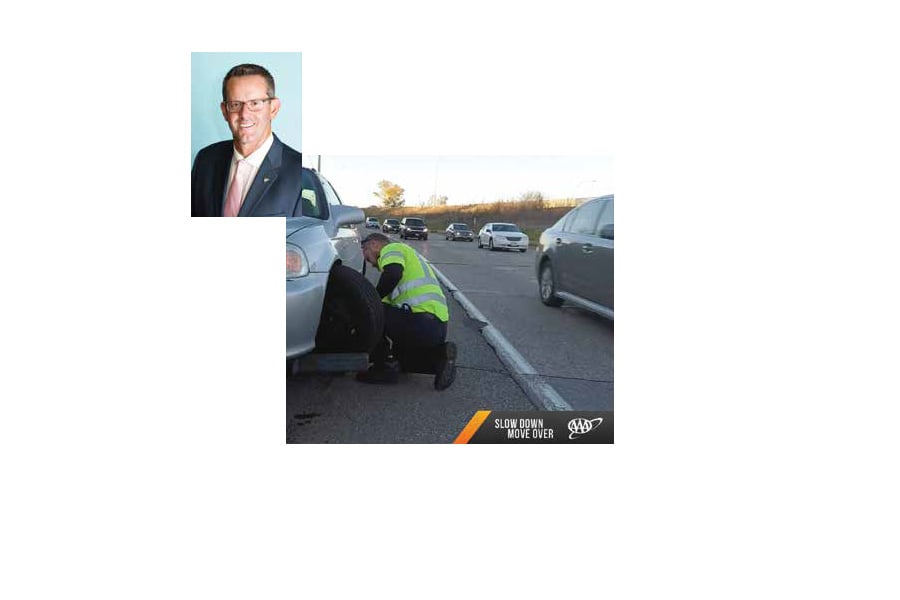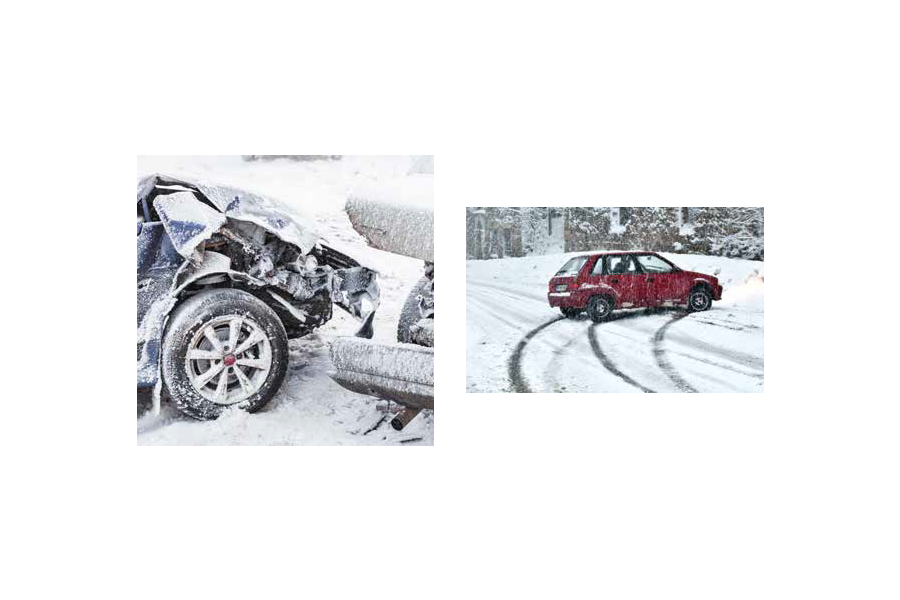Getting Children to School Safely, Parents are the Key

Motor vehicle crashes are the greatest threat children face. Parents are the key to keeping children safe. About 1 of every 5 young children (ages 5-9) who dies in a traffic crash is a pedestrian.
Making our Children Safer
Ensuring the safety of children is a top priority for parents. Regardless of how children commute to school, they face many traffic safety hazards. Research shows that taking a school bus is by far the safest way for children to travel to school. But for many reasons, parents choose other methods for getting children to school.
Should your Child Walk to School or the Bus Stop?
Walking is good exercise for children, but it’s up to parents to decide if walking to school or the bus stop is safe. Here are some things to think about:
- Your child’s age - Children under age 10 usually don’t have the skills to walk alone in areas with traffic. Parents should consider the readiness of each child – regardless of age – to face dangerous traffic situations.
- Traffic - The volume and speed of traffic may not allow a safe route to school.
- Crime – High crime areas can be unsafe and put children at risk.
- Crosswalks, street signs, and traffic signals – Crosswalks, as well as adequately posted signs and traffic signals, help protect drivers and children from traffic crashes.
- Crossing Guards – At intersections where many children cross, crossing guards can help get them to the other side safely.
- Distance to the school – The further children have to walk to school, the greater the risk that something can go wrong.
What Parents Can Do
- Walk with children many times to familiarize them with the route to school. This creates an opportunity to point out potential traffic hazards, as well as non-traffic situations to avoid.
- Have children walk in a group. With more eyes and ears, children can cross streets together and negotiate dangerous situations more safely. Having an adult walk with the group can make the trip even safer. Consider creating a “walking school bus” so children and parents can walk together to school.
- Talk with children about traffic safety and teach them when and where it’s safest to cross streets. Remember that intersections are usually the safest location for children to cross, and the majority of child pedestrian deaths occur at non-intersections. Always use crosswalks yourself to model safe behavior for your child.
- Closely examine dangerous areas of your child’s walk such as driveways and parking lots. Remind children to take their time, and to stop, look all ways, and listen when crossing streets, even when there is a well-marked crosswalk.
What Drivers Can Do
- Always expect the unexpected.
- Watch for children on their way to and from school.
- Obey all school zone signs, signals and markings.
- Look for and obey Crossing Guards.
- Avoid using your cell phone or driving distracted, especially in school zones.
- Watch your speed.
- Use seat belts and appropriate child safety restraints when transporting children. The safest place in cars for children under 13 is the rear seat.




